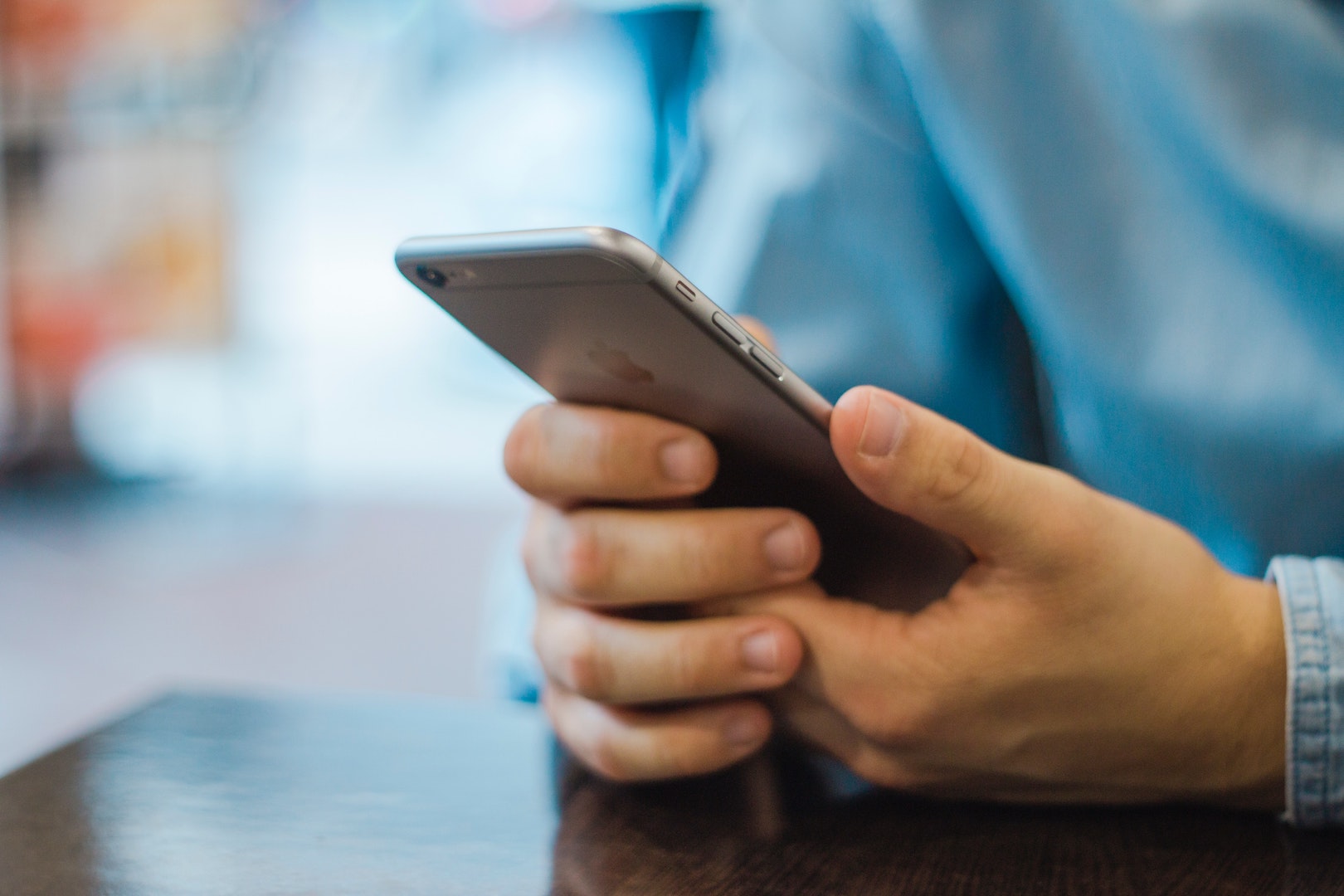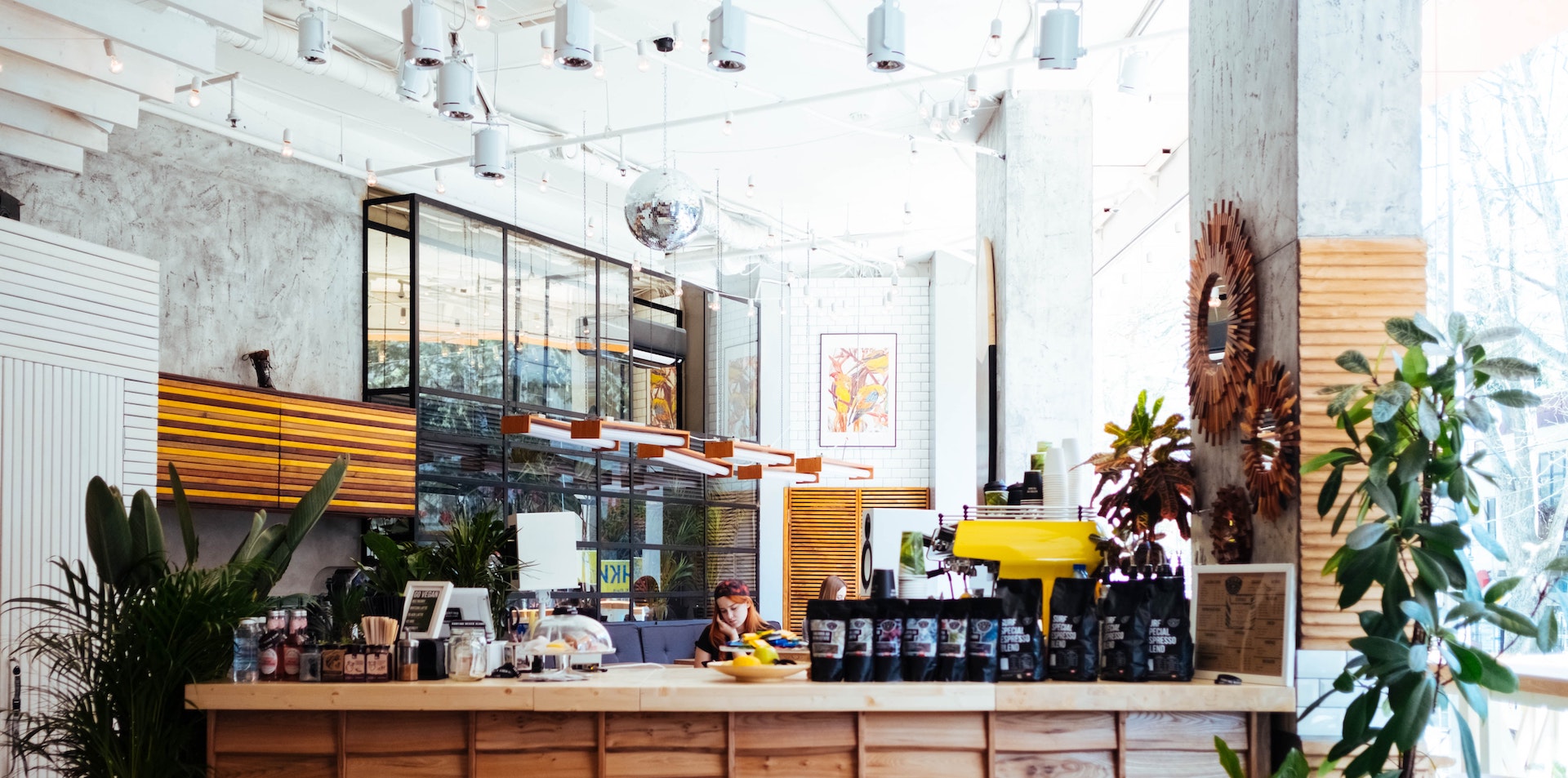
Have you used Apple Pay, Google Pay, Fitbit Pay, Samsung Pay or any bank mobile app to make secure payments? If so, you’ve already experienced the world of contactless payments.
Contactless is a rising phenomenon in the world of transactions. So much so that many businesses see it as an essential practice to equip their shops with contactless and NFC-enabled (Near-field Communication) apps, like those mentioned above.
To make a contactless payment, you simply tap your card near a point-of-sale terminal (“tap and pay”). Contactless payments do not require a signature or a PIN, while transactions sizes on cards are limited.
As a business owner, whether you’re a physical retailer or popup store owner equipping your team with cutting-edge technology might seem like a bold step. But with the ease of contactless transactions you can quickly improve the customer experience and profit margins.
Here’s a handy guide on what you need to know–and do–in order to set up contactless payments.
Contactless and frictionless payments
The time saved by allowing customers to pay by simply tapping their card onto a reader can’t be underestimated. When customers pay in cash, the checkout process of customers waiting in queue can be increased. Likewise, chip and PIN enabled card readers take significantly longer to accept transactions.

This might explain the popularity of contactless. According to UK Cards Association reports, as of April 2017 there were 108.4 million active contactless cards in the UK, and in the same month nearly £4 billion was spent using a contactless card.
However, adoption rates vary by region. For example, a “majority of U.S. retailers don’t accept contactless payments, and the majority of U.S. consumers don’t use the technology.” Meanwhile, in Australia, “over 75% of face-to-face Visa transactions are contactless tap-and-go.” While frictionless payments have become standard practice in some countries, others are still playing catch up.
Just as online shoppers will abandon their carts if the checkout process is poorly designed, in-store customers can also abandon their carts if the checkout experience is poor. According to RetailWire, “checkout speeds and long lines were the top grievances related to the store checkout experience.” Contactless payment is an excellent way of free up staff and improve your customer experience.
Setting up contactless payments
As a brick-and-morter retailer, popup store owner or professional services business that accepts in-person payments, you may or may not already have a card reader in use. If your current app accepts contactless payments, it may be as easy as contacting your payments provider to have it enabled. If you have an existing card reader that is a bit older, then it may not accept contactless payments. However, you may be able to swap your older machine with a new one.

If you’re new to using card readers, don’t worry. Accepting contactless payments is an easy process.
Companies like Square, SumUp, iZettle and WorldPay provide affordable contactless card readers. Once you create an account with the provider of your choice, they equip you with the contactless readers you need to handle transactions. By using frictionless terminals, a transaction fee (from 1% to 2.75%) is included. Consider transaction fees, since 2% of 1,000 per day in sales can easily make a dent in your cashflow. Some contactless readers also include monthly rental costs.
Embracing contactless payments
If you really want to make the most of your new contactless card reader, there are a few things you can do.

First, it’s important customers know that your business supports contactless payments. Ensure your readers are on display (over the counter and portable). Also, advertise that you accept contactless in-store at checkout. You can buy stickers to place around your shop and notify customers via your online marketing campaigns.
To get the very best out of contactless payments, train your staff to embrace the technology. This may seem like a simple process, but not all of the team members will be familiar with contactless card readers. Also advise your reps to ask each customer if they’d like to pay with a contactless option. This approach will provide a seamless experience for all parties involved.
Remember some customers are still wary of contactless payments, so it’s imperative to ask permission before you settle a bill.
Dmytro Spilka is a CEO at Solvid and founder of Pridicto, a web analytics startup that enables users to forecast web traffic, monitor vital metrics in one place and set visual traffic aims. His work has been featured in numerous publications, including Entrepreneur.com, HuffPost, TNW, Business.com and B2C. Connect with @spilkadi on Twitter.
© YFS Magazine. All Rights Reserved. Copying prohibited. All material is protected by U.S. and international copyright laws. Unauthorized reproduction or distribution of this material is prohibited. Sharing of this material under Attribution-NonCommercial-NoDerivatives 4.0 International terms, listed here, is permitted.












